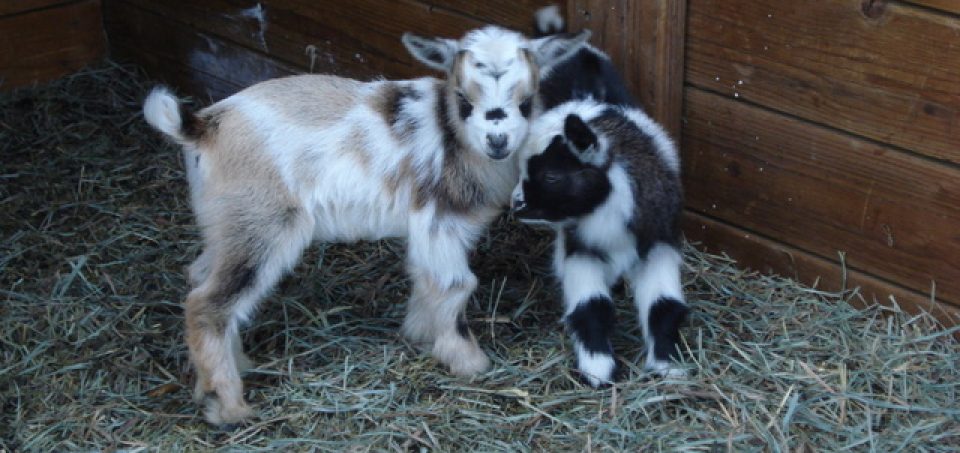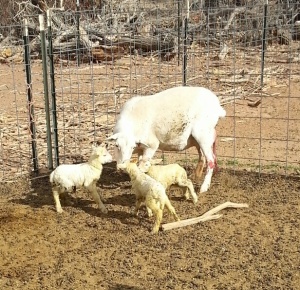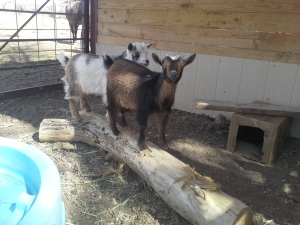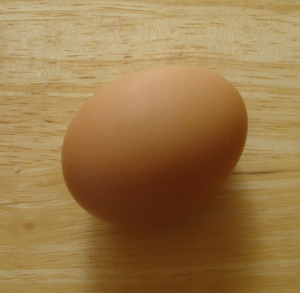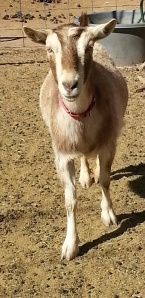I mark my calendar for 150 days when the ram is put in with the ewes. According to the calendar lambs were due this year between March 1 and March 15. However, evidently my ewes are not real good at counting days. I went out earlier today to check for eggs and thought I heard a lamb. Changing direction I headed for the sheep pens and saw that 11 of my ewes were in one corner and 1 ewe was all by herself in a corner across the pen. But on a closer look she wasn’t by herself – there was a small lamb struggling to its feet. As I opened the pen I realized that there were two lambs and then I got close enough to see a third.
Luckily the goat kids moved into their new home over the weekend and left the lambing jugs free. I had cleaned out the jugs but opted to wait to re-bed the shelters and hang water buckets until this weekend. I quickly got some good alfalfa and not so good sudan hay from the barn. I used the sudan to bed out the shelter and put some alfalfa in the feeder. I hung and filled a water bucket and then threw more alfalfa to the rest of the sheep to keep them occupied and away from the gate.
I picked up two of the lambs and carried them into the lambing jugs. Mama ewe started to follow, looked back at her remaining lamb, took a couple of steps towards it and then decided she needed to keep an eye on the two I was carrying. After getting both lambs and the ewe into the lambing jug I went back for the third lamb.
Then I weighed lambs, dipped naval cords and left them to settle in. Two ram lambs – one a respectable 9 lbs, the other 7.5 lbs – and a ewe lamb that weighed 6 lbs.
